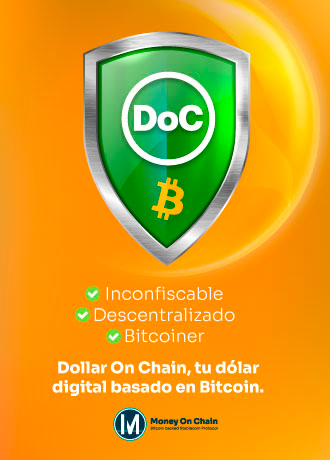Ante la expectativa del lanzamiento de la criptomoneda respaldada por el estado, Cripto-rial, cuatro bancos de la República Islámica de Irán se asociaron con la plataforma blockchain Ghoghnoos, para lanzar una criptodivisa respaldada con el oro de la nación, con el nombre de Peyman
La criptomoneda con valor respaldado en el oro iraní, fue presentada por la compañía de cadena de bloques Ghoghnoos Company, en una ceremonia a la que acudieron directores generales de los bancos asociados, como son Parsian Bank, Bank Pasargad, Bank Melli Iran y Bank Mellat, además de funcionario judiciales, según apuntó el medio Financial Tribune.
De igual forma, se espera que la bolsa de venta libre Irán Fara Bourse, sea que aloje la nueva criptodivisa iraní, diseñada como una herramienta para sortear las sanciones impuestas por la administración del presidente de los Estados Unidos, Donald Trump, por tener vínculos directos con el terrorismo y otras actividades ilícitas.
Según el Director de Ghoghnoos, Valiollah Fatemi, Peyman se usará para señalar los activos de los bancos y el exceso de propiedades, mientras que la empresa, indicó durante la presentación que inicialmente se ofrecerán mil millones de unidades de Peyman. Se espera que próximamente, como explicaron, esté disponible para la venta libre a través de Irán Fara Bourse.
Fatemi además explicó:
«El token puede funcionar como una billetera y canalizar el exceso de activos al ciclo económico. Buscamos extender la tecnología para acelerar el ritmo de las transacciones bancarias»
Las sanciones han paralizado la capacidad de Irán y sus ciudadanos para realizar negocios con el resto del mundo. Esto se debe a que los intermediarios financieros como SWIFT tienen prohibido ofrecer servicios al país.
Estas limitaciones y sanciones, han llevado a Irán a la búsqueda de alternativas para poder desarrollar actividades comerciales, por lo que ésta iniciativa surge aún con la intriga de la criptomoneda Cripto-rial, una moneda respaldada por el estado anunciada por el gobierno iraní, y de la que se esperaban noticias durante la conferencia «Revolución Blockchain» en Teherán durante esta semana.







Discussion about this post